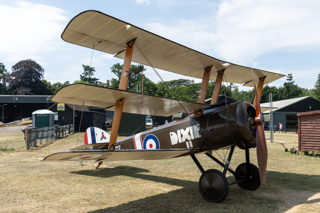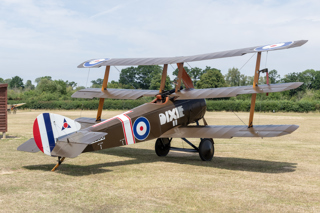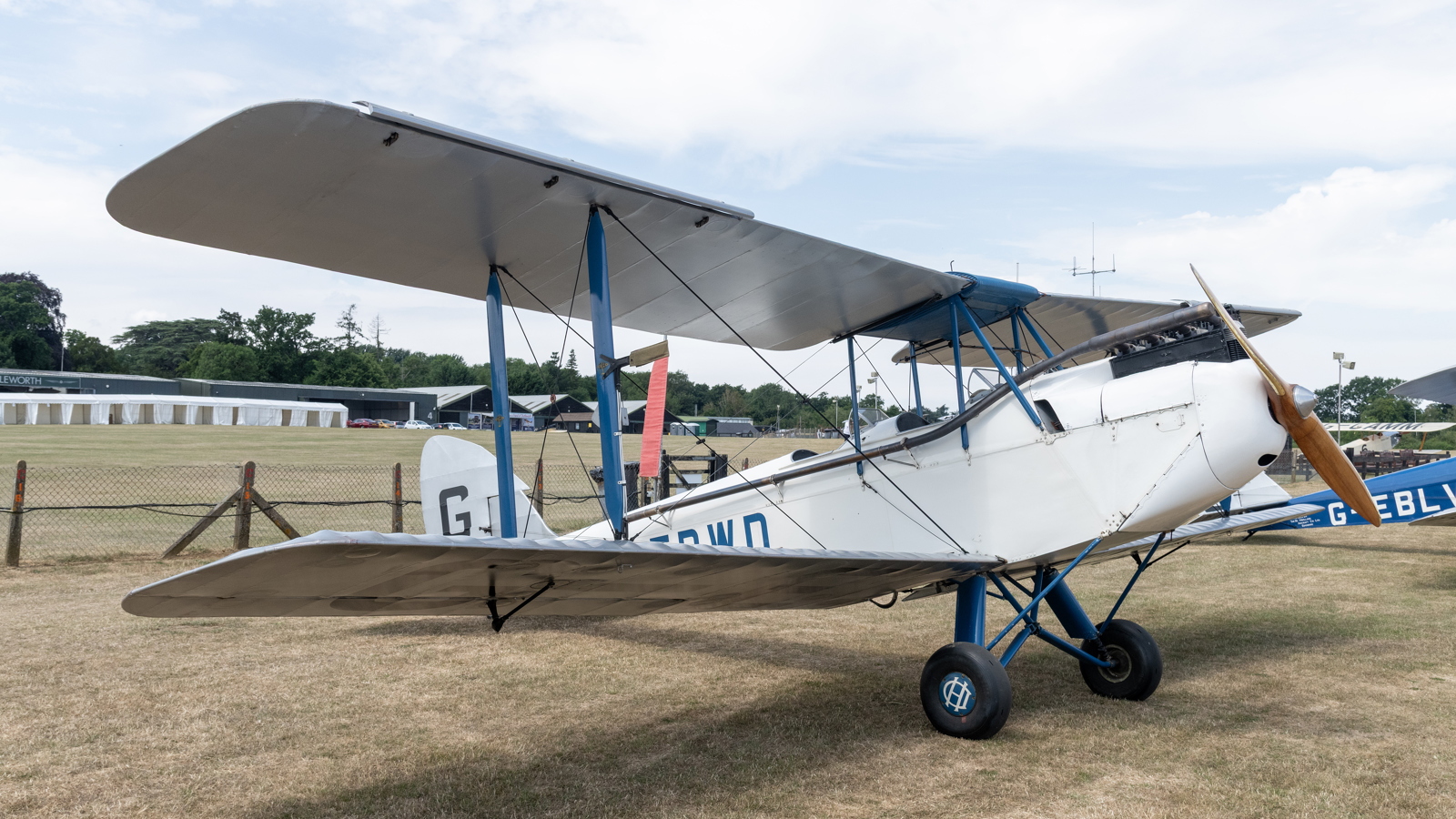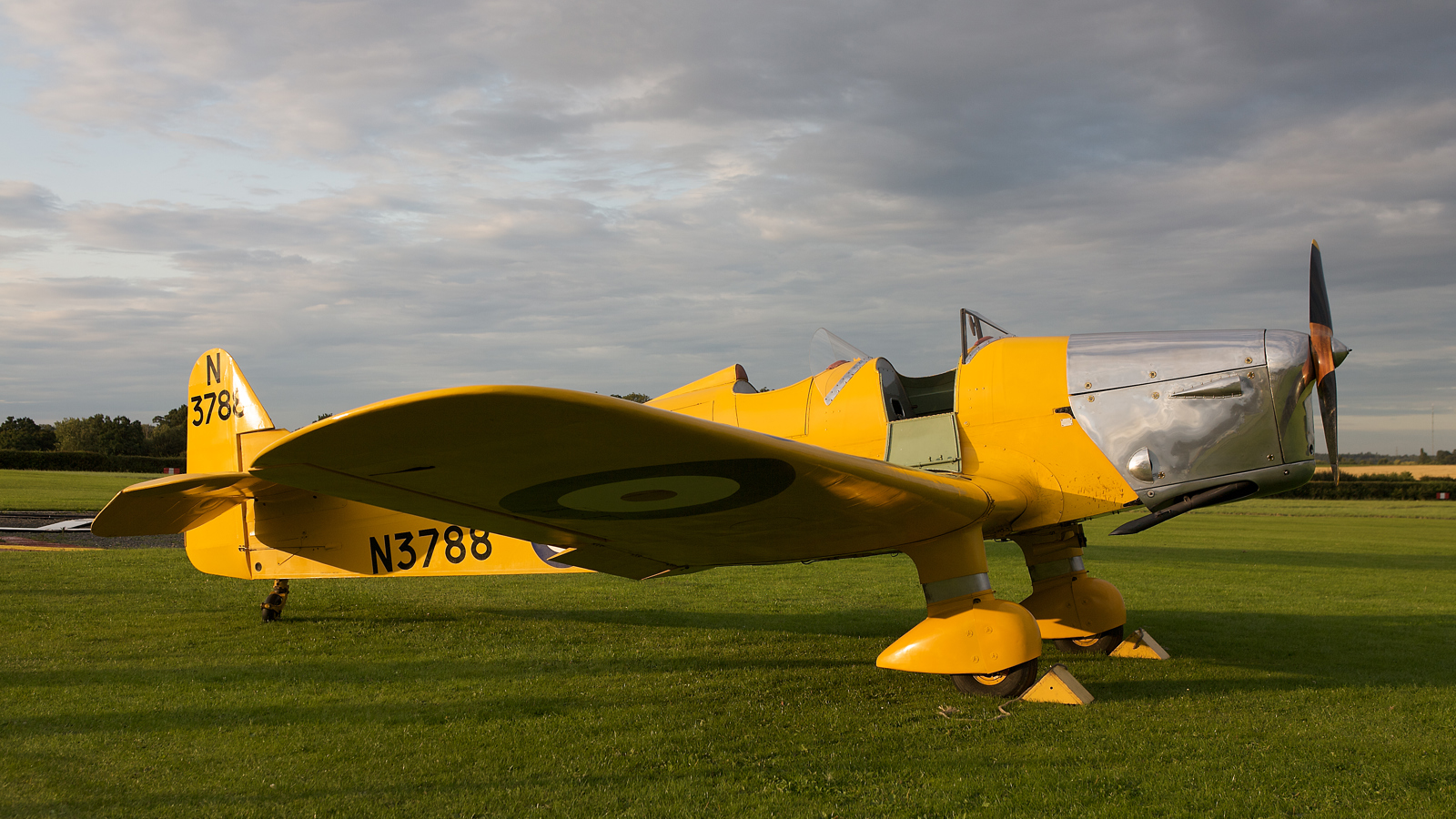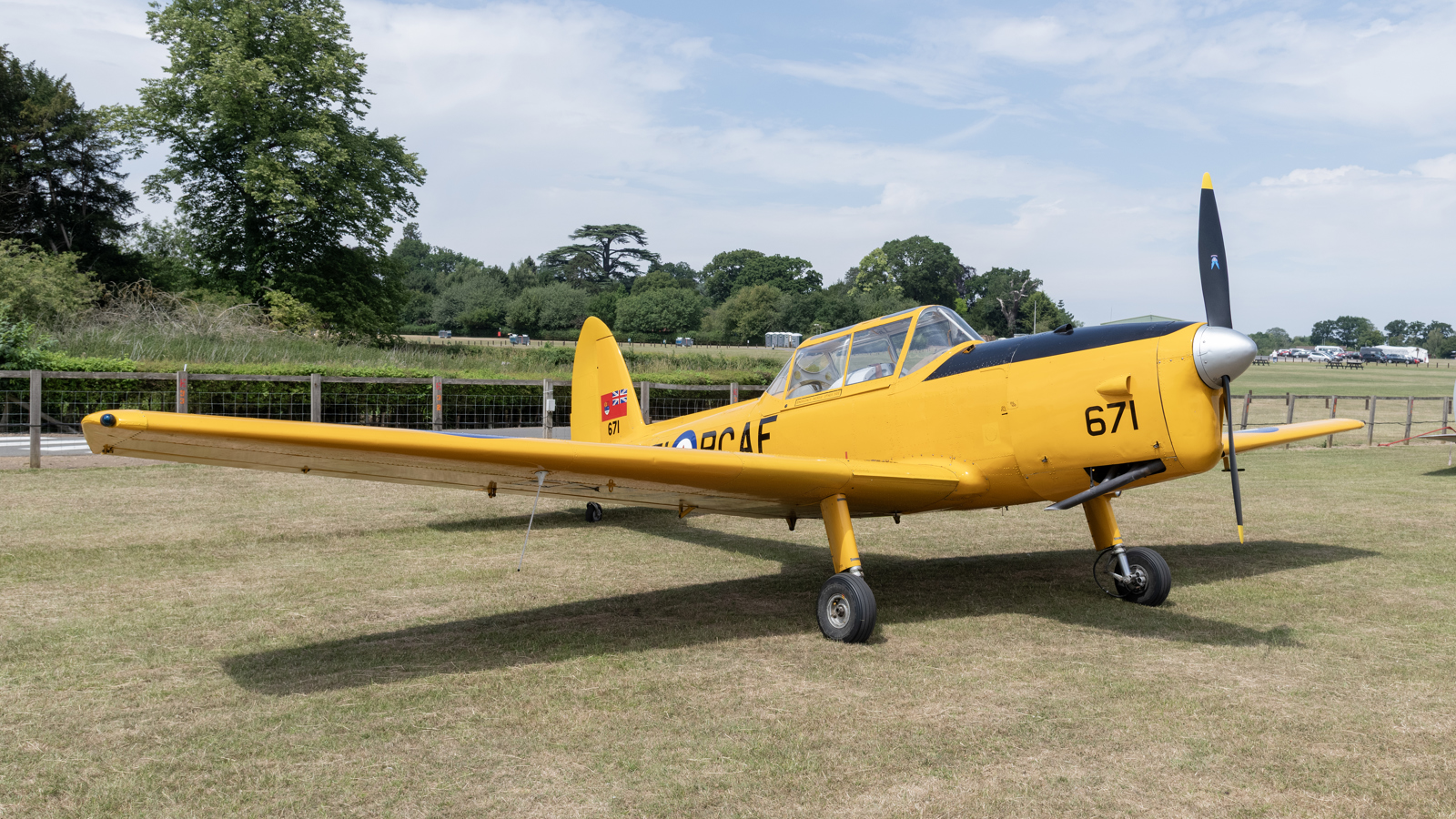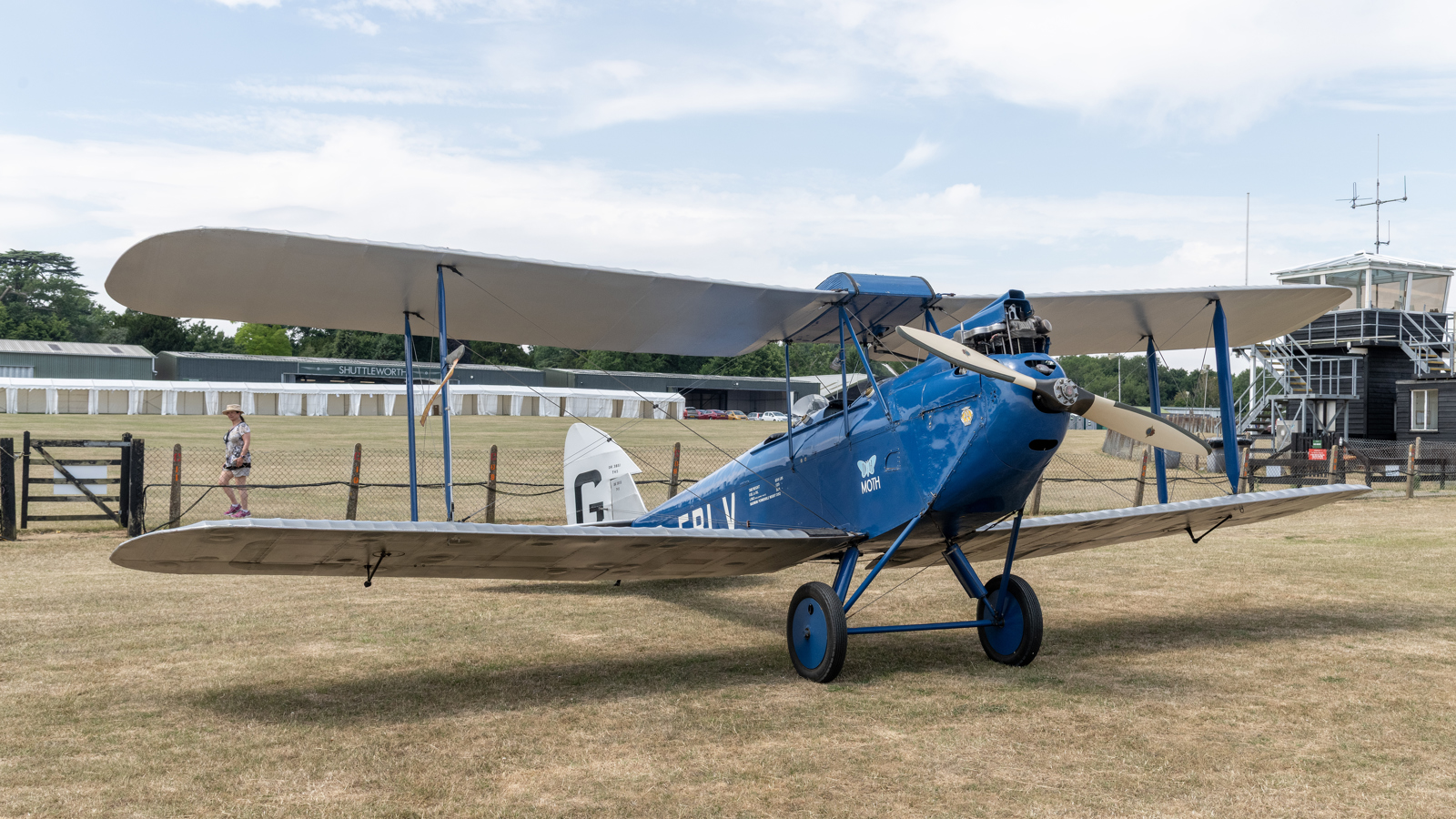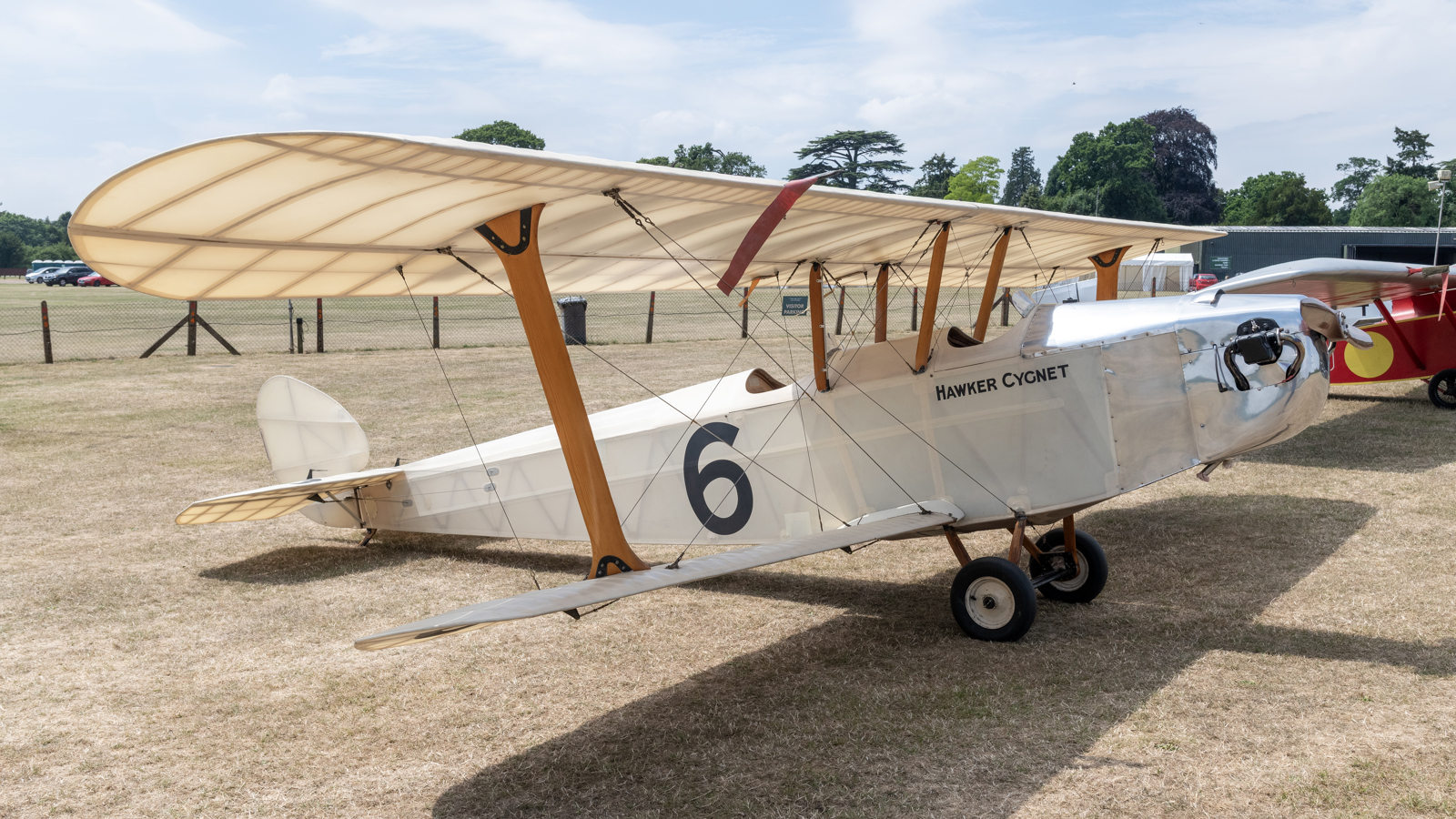Sopwith Triplane (reproduction)
The Sopwith Triplane was a design extension of the Pup biplane scout, achieved by installing a more powerful engine and adding a third pair of wings. The aircraft retained the manoeuvrability of the Pup with an improved field of view for the pilot and the advantages of increased rate of climb and maximum speed. A single Vickers machine gun firing through the propeller arc by means of a synchronised interrupter gear was the standard armament but some machines were upgraded with twin guns.
The aircraft entered service in early 1917 and was operated exclusively by the Royal Naval Air Service (RNAS). It was the first triplane to be used on the Western Front and it gained almost complete supremacy over enemy fighter aircraft for six to eight months.
About this aircraft
This reproduction aircraft was built entirely by volunteer members of Northern Aeroplane Workshops to original plans and delivered to Old Warden in June 1990. On seeing the quality and accuracy of the workmanship Sir Thomas Sopwith declared it to be a late production aircraft rather than a replica (and he should have known!). It’s powered by an original Clerget 130hp rotary engine.
The aeroplane first flew on 10th April 1992 and, following a full testing programme, made its first public display appearance at Old Warden on 27 June 1992. It suffered a minor landing accident in 2014 and was repaired in our workshops during 2015. It returned to flying in the 2017 season.
Specification
| Title | Detail |
|---|---|
| Type | Single seat triplane |
| Design purpose | Fighter |
| Wingspan | 26ft 6in |
| Overall length | 18ft 10in |
| Weight | 1,101lbs |
| Max speed | 117mph |
| Year | 1916 |
| Manufacturer | Sopwith Aviation Company |
| Engine | 130hp Clerget 9B |
| Engine type | 9-cylinder rotary |
| Era | WWI |
| Status | Collection owned |
| Registration | G-BOCK |
Other collection items
Register for Updates
Be the first to hear about our latest events and get all the Shuttleworth news

